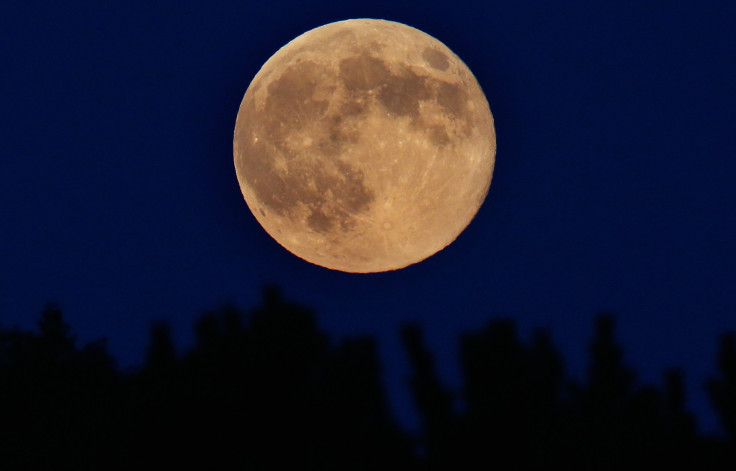This Week's Full Buck Moon Is The Closest Supermoon Of The Year
KEY POINTS
- The July full moon is the third and closest supermoon of the year
- It will appear brighter than a regular full moon
- Its other names include the "Halfway Summer Moon"
The July full moon will reach full illumination this week. Known as the "Buck Moon," among other names, it is set to be the closest supermoon of the year.
This month's full moon will be at 2:38 p.m. EDT Wednesday, though this may already be Thursday in some time zones, NASA noted. No matter which day the full moon occurs in your area, however, there will be more than enough time to catch a good glimpse of it because it will appear full for three days.
Indeed, skywatchers may not want to miss this month's full moon because it will also be a supermoon, which is the term for a full or new moon that's at 90% of its "closest approach to Earth." Full supermoons, however, are the ones that people tend to get excited about since we can't really see new supermoons.
The July full moon is not only the third of this year's full supermoons, but it will also be the closest one at a distance of 222,089 miles (357,418 km). The average distance of the Moon is about 238,900 miles (384,472 km), EarthSky explained.
As a full supermoon, and the closest one at that, this week's full moon will be technically bigger and brighter than a regular full Moon, according to The Old Farmer's Almanac. While the size difference may not be noticeable to non-expert eyes, since it will only be about 7% bigger, supermoons tend to be about 15% brighter than a regular full Moon and even 30% brighter than the year's smallest full moon (micro moon), EarthSky said.
As such, some skywatchers who will watch this week's full moon may notice that our satellite is "exceptionally bright."
Buck Moon
July full moon is known as the "Buck Moon" (Algonquin), too, because this is typically when male deers' antlers grow. It may also be called the "Month of the Ripe Corn Moon" (Cherokee), the "Halfway Summer Moon" (Anishinaabe) and even the "Thunder Moon" (Western Abenaki).
Thunder Moon, according to NASA, refers to the frequent thunderstorms at this time of the summer. As such, people might want to learn some important things about lightning safety.
"A good rule to follow is, that if you can hear the thunder, you can be struck by lightning," NASA noted.

© Copyright IBTimes 2024. All rights reserved.












